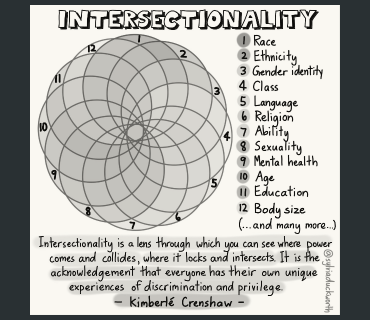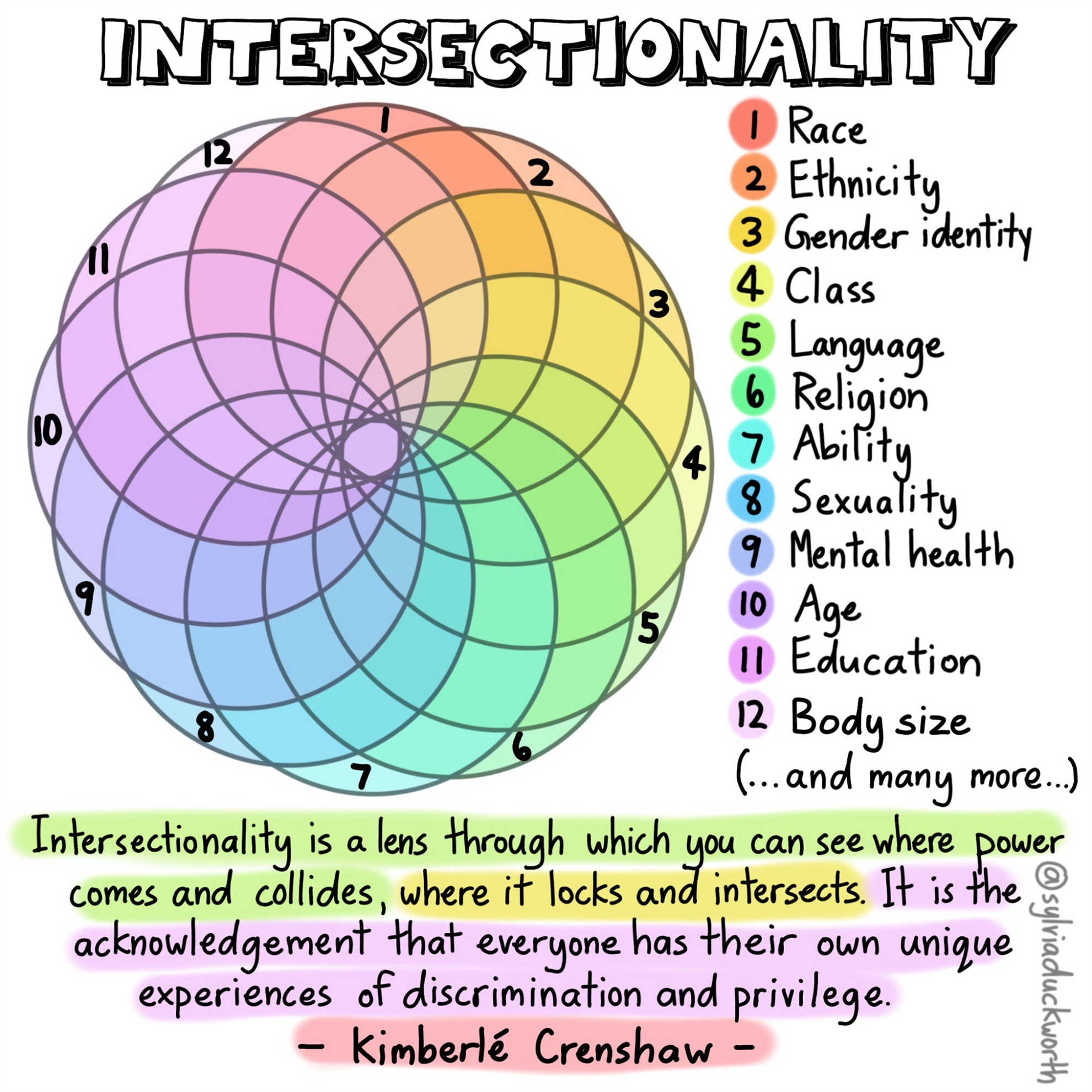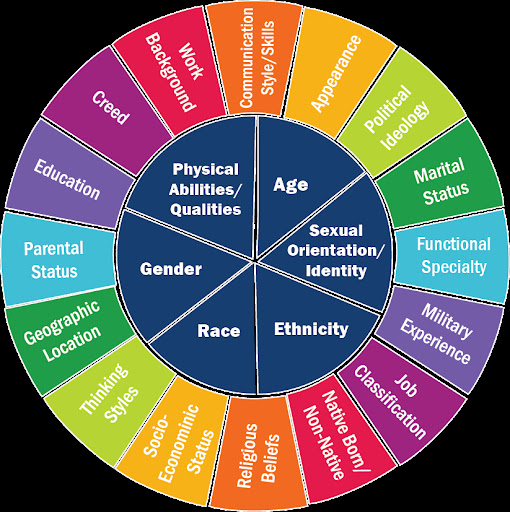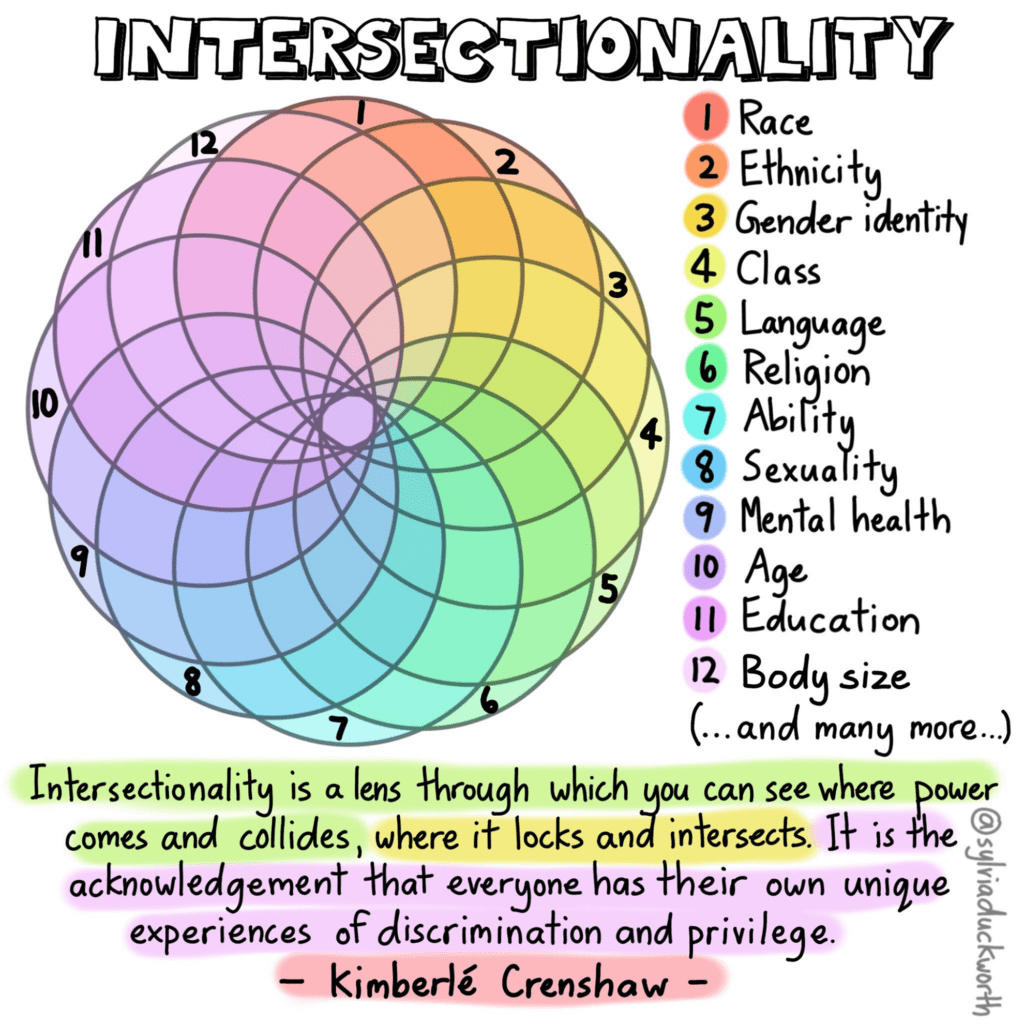
Cultural proficiency is when an adult understands that their personal culture and background impacts the people they work with. It is important for teachers to understand the gender, racial, ethnic, and socioeconomic makeup of their computer science classrooms.
Full Story
Cultural proficiency is when an adult understands that their personal culture and background impacts the people they work with. It is important for teachers to understand the gender, racial, ethnic, and socioeconomic makeup of their computer science classrooms. In his book, Culturally and Linguistically Responsive Teaching and Learning, Sharroky Hollie stresses that we are made up of separate identities and that knowing your cultural identity is a prerequisite to changing your skillset or instruction in the classroom and the school climate. He also highlights that recognizing and understanding your own cultural identity is an important first step in shifting your teaching practices.
“Knowing about yourself will allow you to teach with empathy. If you are able to consider your own cultural background, you can truly empathize with your students.”– Culturally and Linguistically Responsive Teaching and Learning, Sharroky Hollie
Computer science educators must explore how their identities and experiences impact the choices they make in the computer science classroom. When we embrace who we are and share who we are with our students, it provides an opportunity to create a safe CS classroom climate and culture as well as the opportunity to engage in courageous conversations with our students and other CS educators. Creating an identity-safe computer science classroom begins with self-awareness, which fosters student empowerment as meaningful learning opportunities are designed for them.
“Identity safe classrooms are those in which teachers strive to ensure students that their social identities are an asset rather than a barrier to success in the classroom. Acknowledging students’ identities, rather than trying to be colorblind, can build the foundation for strong positive relationships. This, coupled with challenging opportunities to learn, can help all students begin to feel they are welcomed, supported, and valued as members of the learning community.” -Dr. Dorothy Steele
What is identity?
A person’s identity is how the person defines who they are. While there are many identities that can describe a person, there are some that are more salient than others. Some are biological and others are socially constructed. It is important for educators to understand themselves as key players in the computer science classroom. CS educators should recognize and respect the individual identities of all students in the classroom.
What are Identity Markers?
Identity markers embody characteristics that have meaning to us and the society in which we exist. You may describe or identify yourself by your age, religion, nationality or citizenship or political persuasion, or a mix of these.
Why is this important?
-
Identity is important to examine prior to each school year for teachers and students.
-
You cannot humanize and build genuine community in your CS classroom without recognizing and respecting visible and invisible identity characteristics.
-
You cannot be culturally relevant or responsive with any content area without a thorough understanding of your own identity as well as addressing (mis)understandings of identity characteristics unlike your own.
Our identities are very personal and also are made up of biological and well as socially constructed elements. Each and every part of our identity is something that is valid and individual.
Take a few moments to view the Identity Grid Markers or the image below and think about the identity marker that is MOST important to you. Which of your identity markers might you have been less aware of?

What is Intersectionality?
Intersectionality is understanding and attending to the intersections of two or more socially constructed identity categories (e.g., race, gender, and class) that create specific, marginalized experiences.
Why is Intersectionality important?
Intersectionality is an important piece in creating a more equitable learning experience in our CS classrooms and can provide more socially “just” outcomes, especially for those with marginalized identities. Intersectionality can also add to barriers that do not create safe learning environments.
What is Salient Identity?
A person has a number of identities. The same person plays the role of a parent, child and maybe a member of a particular religious congregation. Everyone is also part of a particular ethnic group and is characterized by other identity factors, such as gender and sexual preference. Salient identity is a concept that makes sense of how a person responds to different situations, considering these multiple identities.
Use the Identity Wheel below and think about what four identity markers are most “salient” to you and why as a CS teacher? Also consider reflecting on the following questions.
-
How might your own identity markers have unconsciously influenced the choices you made in your CS classrooms?
-
How does your identity impact how you understand your CS students’ experiences?
-
How might your CS students’ identity markers have influenced the choices you made?
-
How might your identity markers, and the identities of your CS students, have shaped your approach as a CS teacher?
-
Why is it important for us to consider intersectionality in our CS teaching and lessons?

We must remove the predictability of success or failures based on a student’s culture, social status, ethnicity, and identity. We must acknowledge and identify historical inequities in the computer science classroom and interrupt inequitable practices.
For additional work, self-reflection, and exploration of Identity Markers visit this activity: Exploring Identity Markers
About the Author
 Vanessa Jones is a Technology Design Specialist for the Austin Independent School District in Austin, Texas where she works at the district level helping to implement and facilitate blended and personalized technology integrated learning experiences. She is a facilitator for Code.org’s CS Fundamentals and CS Discoveries programs and has trained hundreds of teachers in the basics of computer science. Ms. Jones is an online facilitator and course designer for the University of Texas at Austin’s Strategies for Effective and Inclusive Computer Science Teaching (SciPs) course. She is currently helping with the redesign of this course. Ms. Jones is a CS for All Teachers Ambassador where she co-facilitates a new CS Equity and Access Group for CS for All Teachers. She is a peer reviewer for the Education Innovation and Research Group. She is also a member of the 100Kin10 Project Team. She graduated from the University of Texas at Austin, earned her master’s degree from North Texas University in curriculum and instruction with an emphasis on instructional technology, and received her teacher certification from St. Edward’s University in Austin, Texas.
Vanessa Jones is a Technology Design Specialist for the Austin Independent School District in Austin, Texas where she works at the district level helping to implement and facilitate blended and personalized technology integrated learning experiences. She is a facilitator for Code.org’s CS Fundamentals and CS Discoveries programs and has trained hundreds of teachers in the basics of computer science. Ms. Jones is an online facilitator and course designer for the University of Texas at Austin’s Strategies for Effective and Inclusive Computer Science Teaching (SciPs) course. She is currently helping with the redesign of this course. Ms. Jones is a CS for All Teachers Ambassador where she co-facilitates a new CS Equity and Access Group for CS for All Teachers. She is a peer reviewer for the Education Innovation and Research Group. She is also a member of the 100Kin10 Project Team. She graduated from the University of Texas at Austin, earned her master’s degree from North Texas University in curriculum and instruction with an emphasis on instructional technology, and received her teacher certification from St. Edward’s University in Austin, Texas.
